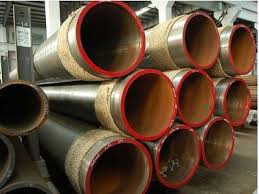Frequently Asked Questions
EN 10216-2 is a European standard for seamless steel tubes, mainly for pressure applications at elevated temperatures. The materials covered by this standard are mainly alloy and non-alloy steels, which have good heat and temperature resistance and are commonly used in equipment such as boilers, pipelines and heat exchangers. Common steel grades for EN 10216-2 include P235GH, P265GH, 16Mo3 and 10CrMo9-10, which vary in chemical composition and mechanical properties depending on the specific application requirements.
Carbon steel is classified into three types based on carbon content:
- Low Carbon Steel: Carbon content less than 0.25%.
- Medium Carbon Steel: Carbon content between 0.25% and 0.6%.
- High Carbon Steel: Carbon content greater than 0.6%.
eiusmod tempor incididunt ut labore et dolore magna aliqua. Ut enim ad minim veniam, quis nostrud exercitation.
In the American ASTM specification, the common standard for alloy steel seamless pipes is ASTM A335, which covers a variety of ferritic alloy steel pipes for high-temperature applications. Common steel grades include P5, P9, P11, P22, P91, etc.
The EN 10216-2 standard has a wide range of wall thicknesses, depending on the specific application and the outer diameter of the pipe, generally ranging from a few millimeters to tens of millimeters, suitable for use under different pressure and temperature conditions.

